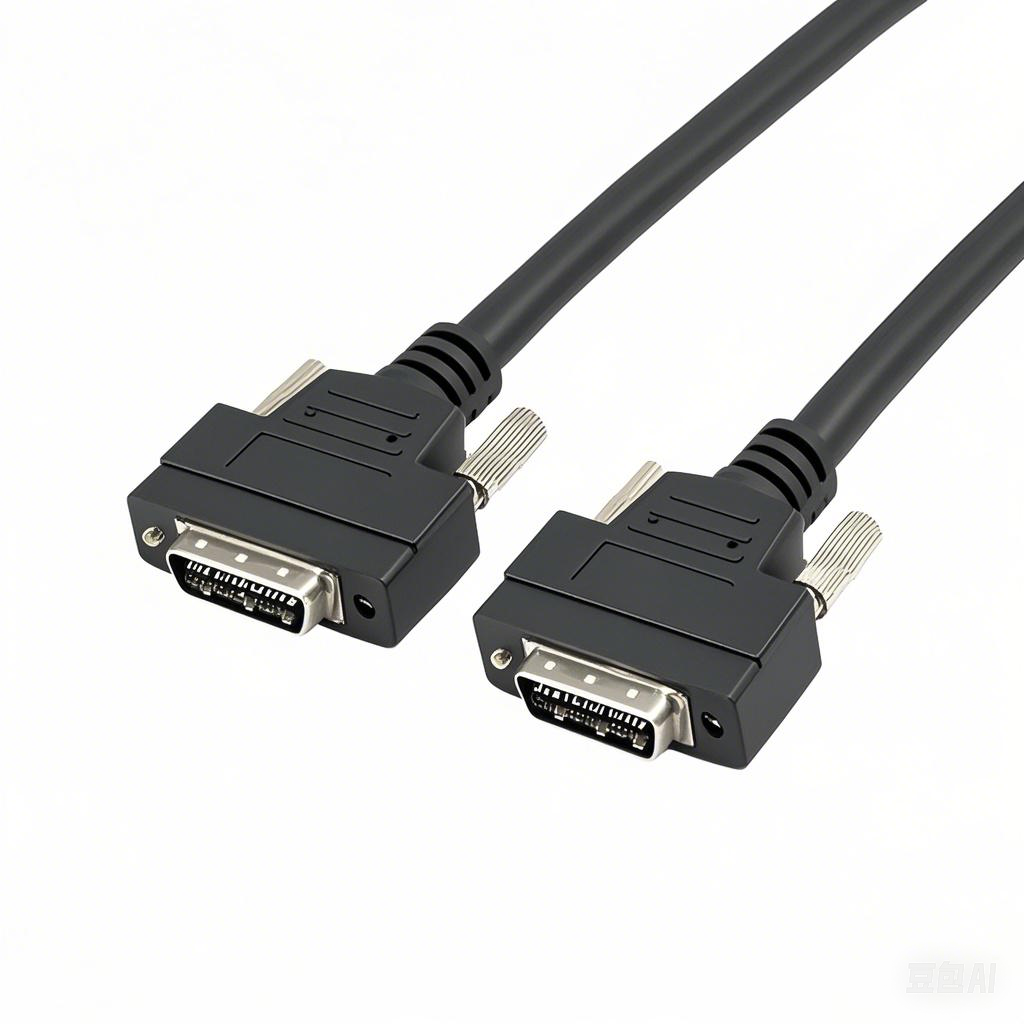What Are the Differences Between Copper and Fiber Optic Machine Visio...
Choosing the right cable for your machine vision system isn’t trivial. Copper and fiber optic cables offer fundamentally different ways to transmit the critical image data captured by your cameras. Understanding their core differences is key to ensuring reliable performance, sharp image quality, and a cost-effective setup. Let’s break down how they compare:
1. Data Speed & Bandwidth: Fiber Wins for High Throughput
- Copper: Traditional copper cables (like coaxial or USB3 Vision) have physical limitations. At very high data rates – especially over longer distances – electrical signals in copper cables face increased resistance and signal degradation. This limits the maximum stable speed achievable.
- Fiber Optic: Fiber optic cables transmit data using pulses of light instead of electricity. This fundamentally allows for vastly higher bandwidth capabilities. Fiber easily handles the massive data loads generated by modern high-resolution, high-frame-rate industrial cameras (such as 25GigE cameras and beyond) with room to spare for future upgrades. It’s the clear choice for applications demanding the highest possible image throughput.
2. Transmission Distance: Fiber for the Long Haul
- Copper: Electrical signals weaken significantly over distance due to attenuation. While USB3 Vision cables are typically limited to about 3-5 meters without repeaters, and GigE copper cables might reach 100 meters, performance will noticeably degrade as you approach these limits.
- Fiber Optic: Light signals in fiber optics experience far less loss over long distances. Fiber optic cables can reliably transmit high-bandwidth machine vision data over hundreds of meters or even kilometers without needing repeaters. This is essential for factory floors or facilities requiring cameras positioned far away from the processing unit.
3. Noise Immunity & Reliability: Fiber for Critical Environments
- Copper: As electrical conductors, copper cables are susceptible to Electromagnetic Interference (EMI) and Radio Frequency Interference (RFI). Noise from motors, drives, welding equipment, or even other cables can induce unwanted electrical signals (“noise”) onto the data line. Ground loops (voltage differences) can also cause significant signal corruption and system instability. Good shielding helps but isn’t foolproof.
- Fiber Optic: Fiber optic cables use glass or plastic fibers and are non-conductive. This makes them completely immune to EMI/RFI and eliminates problems like ground loops. Your image data travels undisturbed, even in the harshest industrial environments packed with electrical noise. This inherent immunity provides maximum signal integrity and reliability.
4. Size, Weight & Flexibility: Fiber Lighter but Stiffer
- Copper: Copper cables, especially well-shielded ones, can become relatively thick, heavy, and inflexible. Routing bundles of copper cables can be challenging and bulky.
- Fiber Optic: Fiber optic cables are significantly thinner and lighter than equivalent copper cables carrying similar data rates. While the glass core can make them slightly less flexible in a tight bend radius compared to some very fine-strand copper cables, their small size often makes routing easier overall, especially in confined spaces or cable carriers. Handle glass fibers with care during installation to avoid breakage.
5. Cost: Copper Lower Upfront, Fiber is an Investment
- Copper: Generally has a lower purchase price per meter for the cable itself. Transceivers integrated into cameras and frame grabbers are also often included or lower cost.
- Fiber Optic: Typically has a higher initial purchase price per meter for the cable. Requires specialized connectors and active components (transceivers) at both ends of the link to convert electrical signals to light and back. These components add cost. However, fiber’s reliability, immunity, and long-distance capability often translate to lower lifetime costs in demanding applications due to reduced downtime and troubleshooting headaches.
When to Choose Copper:
- Shorter cable runs (typically under 10-20 meters for GigE/USB3 speeds).
- Lower cost budgets for equipment cabling.
- Environments with minimal electrical noise.
- Applications using cameras with modest resolution and frame rates where copper bandwidth is sufficient.
When Fiber is Essential:
- Long cable runs (dozens of meters to kilometers).
- Harsh industrial environments with significant electrical noise (motors, drives, welders).
- Systems using high-resolution, high-speed cameras generating massive amounts of data (e.g., 25GigE, CoaXPress-over-Fiber).
- Critical applications where maximum reliability and signal integrity are non-negotiable.
- Future-proofing systems for higher-bandwidth cameras.
The Bottom Line:
The choice isn’t about one being universally “better” than the other. It’s about matching the cable technology to the specific demands of your machine vision application. Copper offers simplicity and low cost for shorter, less noisy runs. Fiber optic provides superior bandwidth, distance, immunity, and reliability for demanding applications and longer distances, justifying its higher upfront investment. Assess your camera specs, required distance, environmental noise levels, and budget carefully to make the optimal selection.











